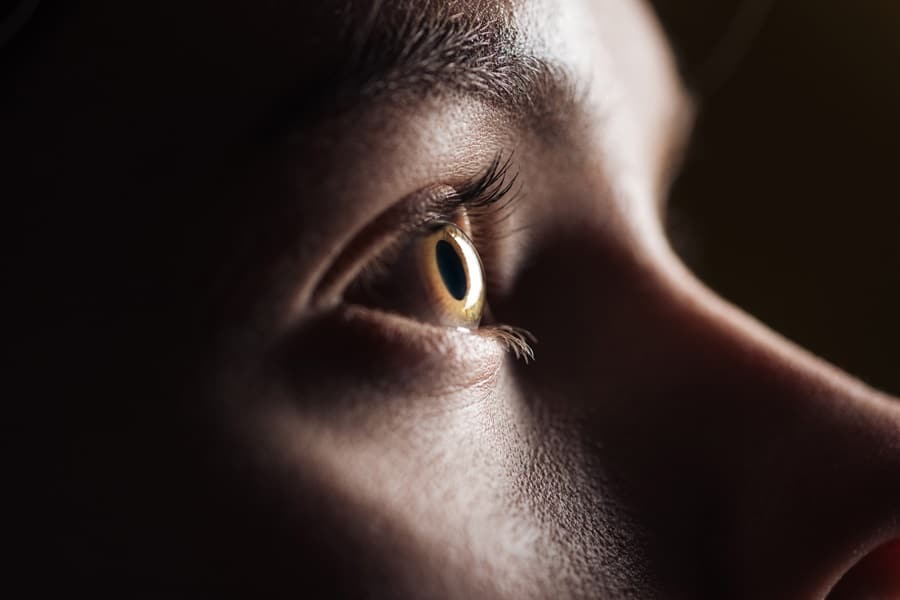In the field of vision correction, technological improvements have resulted in unique treatments such as Contoura Vision, which provides individuals with a tailored approach to clear vision. If you want to learn more about Contoura Vision, how it works and what its benefits are, you’ve come to the right place. In this blog, we will delve deeper into the intricacies of Contoura Vision, such as its definition, process, and the science behind its effectiveness.
What is Contoura Vision?
Contoura Vision is a state-of-the-art laser eye surgery technology designed to correct refractive errors such as nearsightedness (myopia), farsightedness (hyperopia) and astigmatism. Unlike traditional LASIK (laserassisted in situ keratomileusis) surgery, which relies solely on the patient’s prescription to reshape the cornea, Contoura Vision uses advanced topography-guided lasers to map the unique irregularities of the corneal surface. Uses technology. By creating a detailed three-dimensional map of the cornea, Contoura Vision allows surgeons to customize laser treatment to each individual’s specific corneal contour. This personalized approach aims to address not only the patient’s refractive error, but also any subtle irregularities in corneal shape, resulting in more accurate and tailored results.
How Does Contoura Vision Work?
1) Preoperative Evaluation:
The Contoura Vision process begins with a comprehensive preoperative evaluation to assess the patient’s suitability for surgery. This evaluation includes a series of tests and measurements such as corneal topography, wavefront analysis, and refraction. These evaluations provide important data for creating an individualized treatment plan tailored to the patient’s unique corneal characteristics.
2) Corneal Mapping:
One of the key components of Contoura Vision is the precise mapping of the corneal surface using advanced diagnostic technology. It involves capturing detailed images of the curvature, height and irregularities of the cornea to create a highly accurate topographic map. Topography-guided technology identifies subtle imperfections in corneal shape, enabling surgeons to tailor laser treatment to effectively address these irregularities.
3) Customized Laser Treatment:
Based on the corneal map generated during the pre-operative assessment, the Contoura Vision system calculates a customized laser treatment plan tailored to the patient’s individual needs. The excimer laser used in Contoura Vision Surgery precisely reshapes the cornea according to a predetermined treatment plan. By targeting specific areas of irregularity identified in the corneal map, Contoura Vision offers improved outcomes and the ability to reduce the risk of postoperative complications.
4) Surgical Procedure:
The Contoura Vision procedure itself is similar to traditional LASIK surgery, albeit with a greater emphasis on customization and precision. After administering numbing eye drops to ensure patient comfort, the surgeon creates a thin flap in the cornea using a femtosecond laser. The flap is then lifted to expose the underlying corneal tissue, and the excimer laser is used to reshape the cornea based on the personalized treatment plan. Once the corneal reshaping is complete, the flap is carefully repositioned, where it adheres naturally without the need for sutures.
Benefits of Contoura Vision:
Discover the advantages of Contoura Vision, including its capacity to improve visual quality and clarity through precision and customisation:
• Enhanced Precision: By customizing treatment based on each patient’s corneal topography, Contoura Vision delivers unparalleled precision, potentially leading to superior visual outcomes.
• Improved Visual Quality: The goal of Contoura Vision is to optimize not only visual acuity, but also the overall quality of vision, thereby reducing the likelihood of post-operative visual disturbances such as halos and glare.
• Customized Treatment: No two eyes are alike, and Contoura Vision recognizes this variability by tailoring treatments to each individual’s specific needs. This individualized approach maximizes the chances of achieving optimal visual results.
• Potential for Better Night Vision: Studies show that Contoura Vision can improve night vision compared to traditional LASIK, making it an attractive option for individuals who drive at night or work in low-light conditions.
Considerations and Potential Risks:
While Contoura Vision offers many benefits, it is important to consider the potential risks and limitations associated with the procedure. Like any surgical intervention, there is a risk of complications, including dry eye, infection, and under- or under-correction of refractive errors. Additionally, not all patients may be suitable candidates for Contoura Vision, and individual results may vary.
Conclusion
Contoura Vision represents a significant leap forward in laser vision correction, offering personalized treatment with the potential for improved visual outcomes. By understanding the benefits, procedure, considerations and potential risks associated with Contoura Vision, patients can make informed decisions about their eye care and begin the journey toward clearer, more comfortable vision. If you are curious about Contoura Vision or are considering laser vision correction, consult a qualified eye care professional to determine if this innovative treatment is right for you. The health of your eyes is too precious to be sacrificed, and with Contoura Vision, you can look forward to a brighter, clearer future.







